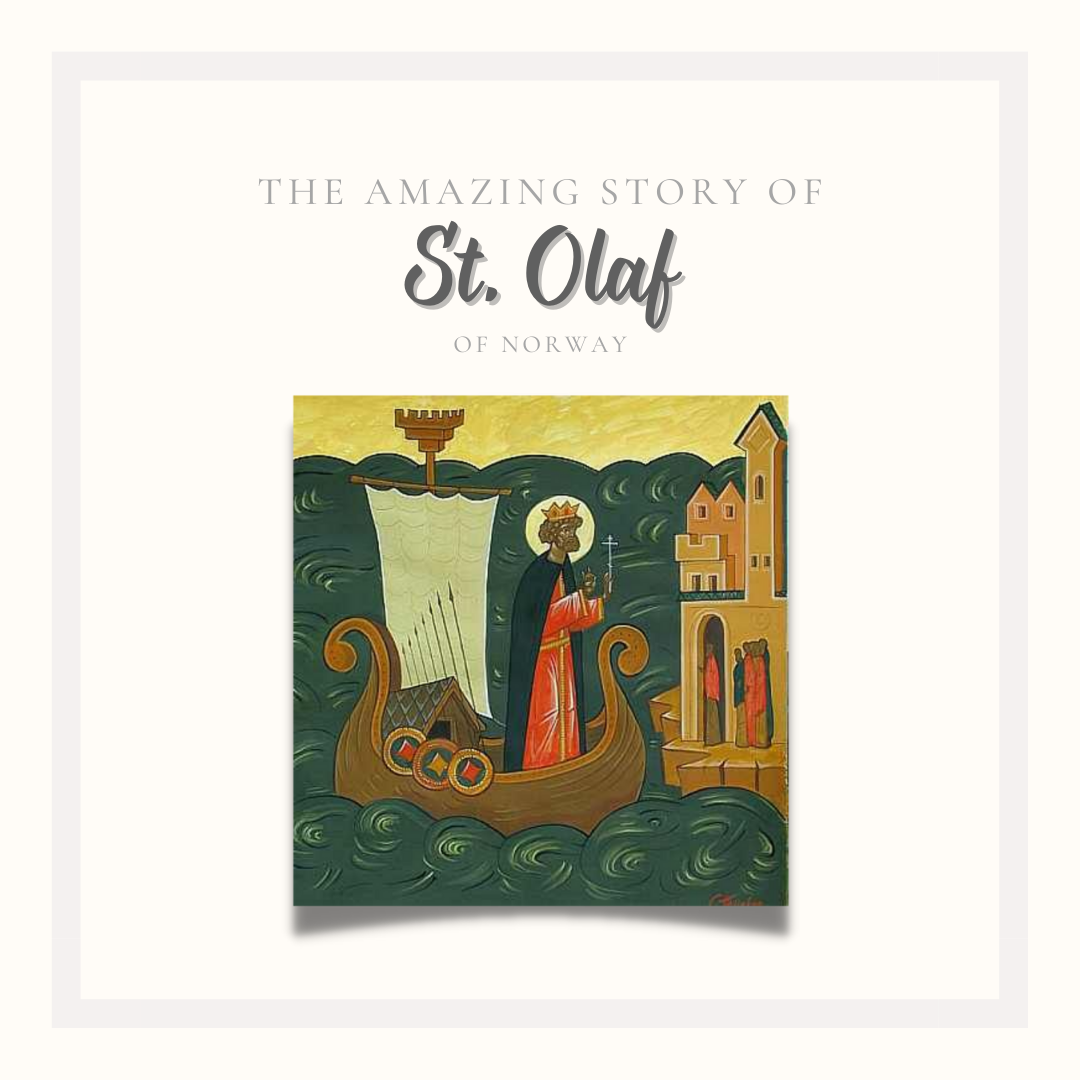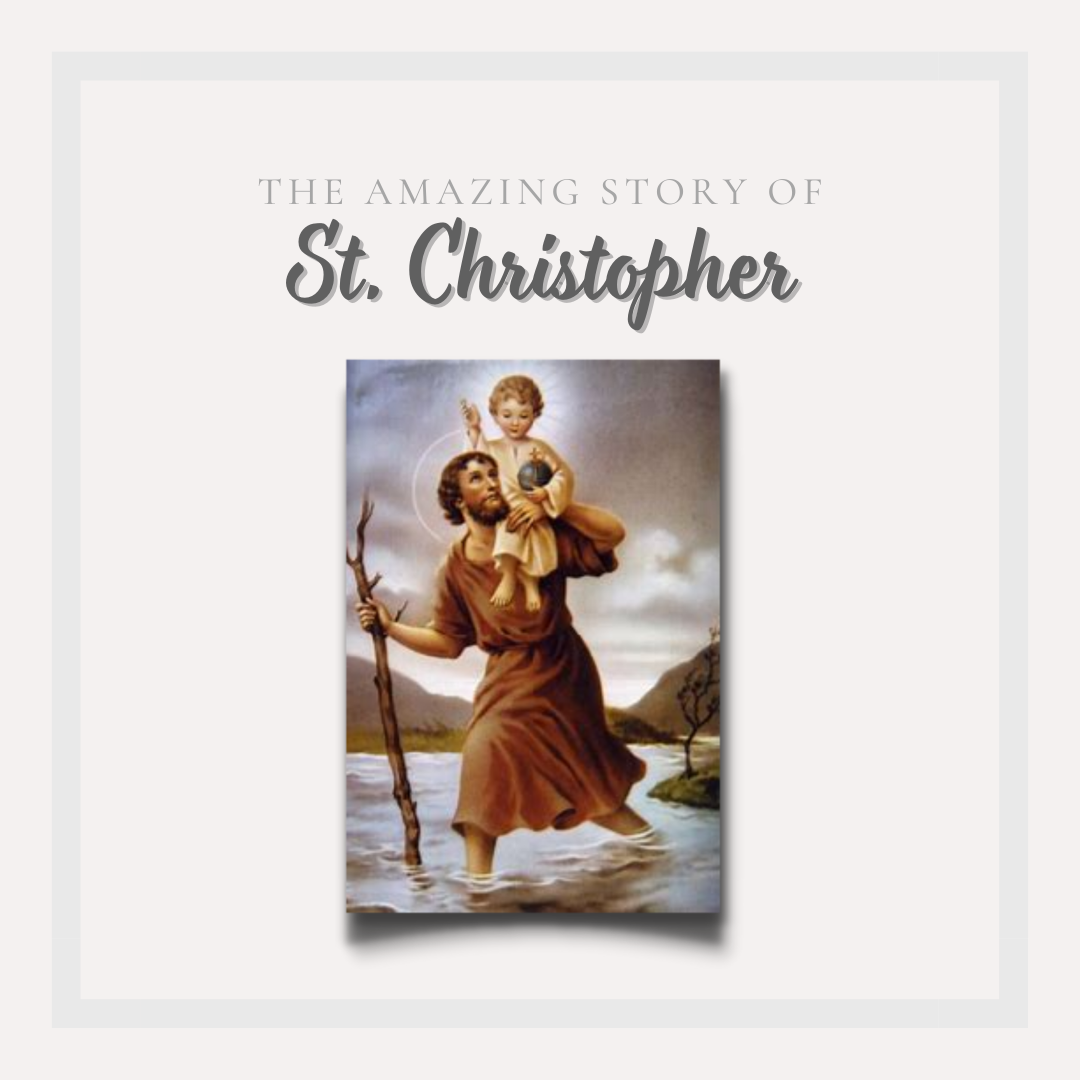Olaf of Norway was born in 995 AD as Olaf Haraldson. In his early youth, he went to England as a Viking where he took part in many battles. By God’s grace, he became interested in Christianity and was baptized in 1010 AD in France. After many difficulties, he was chosen to be King of Norway and he sought to rid the kingdom of their pagan ways and have the kingdom united under Christianity. He had many pagan temples demolished and erected churches in their place. He also brought over many clergies from England to help teach the Norwegians. The wealthy clans did not like his plan to convert the kingdom and he was eventually overthrown and exiled to Russia. After two years in Russia, he returned with an army to take back his nation but he fell on the battlefield. The resentment against St. Olaf was due not only to Christianity but also to a high degree to his unflinching struggle against the old constitution of shires and of the unity of Norway. He is now regarded by modern Norwegians as the great champion of national independence. There are many miraculous happenings after his death and his body was found incorrupt. His veneration spread widely in the Middle Ages, not only in Norway, but also in Denmark, Sweden, and even as far as England. In 1856 St Olaf’s Church was erected in Christiania, the capital of Norway, where a large relic of St. Olaf is preserved and venerated. The arms of Norway are a lion with the battle-ax of St. Olaf in the forepaws.
The Norwegian order of the Knighthood of Saint Olaf was founded in 1847 by Oscar I, king of Sweden and Norway, in memory of this king. He is called Rex Perpetuum Norvegiæ, eternal King of Norway. St. Olaf is the patron saint of Norway, the Faroe Islands, carvers, difficult marriages, snow and cold weather. His feast day is July 29th, the day of his death.







